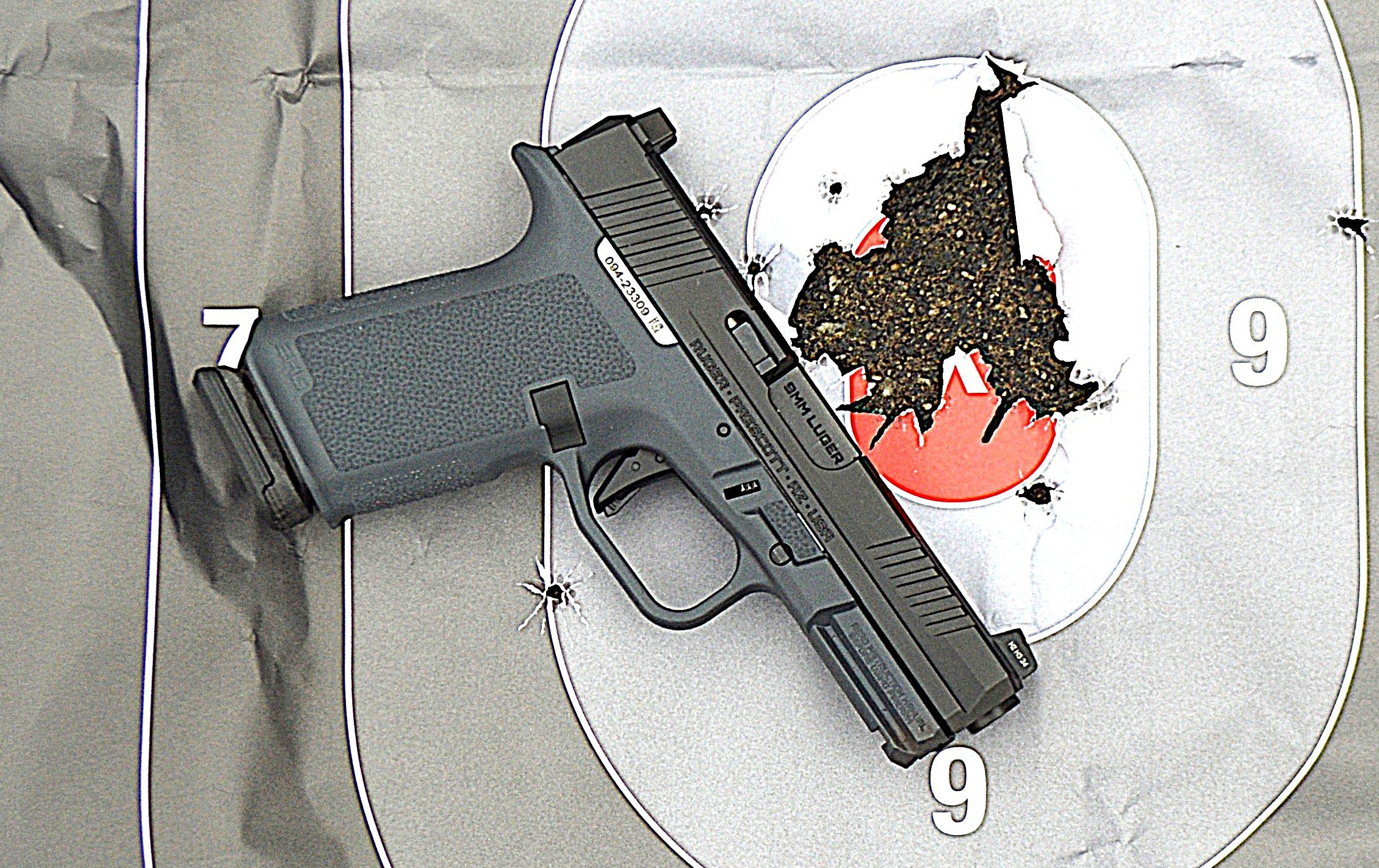This morning, a tornado struck Cincinnati, Arkansas, a community about 50 miles northwest of our house, killing at least three people, and destroying many buildings, including that town’s fire station. We escaped damage, but weather radar showed what seemed to be a tornado (I just love it when weather people use the euphemistic phrase“area of strong rotation”) that flew pretty much right over our house. We were awakened around 7:30 AM by very loud thunder and very bright flashes of lightning. But we didn’t panic. We live in an area that gets lots of tornadoes, and we have a well-rehearsed and well-practiced tornado reaction plan. We know our plan backwards and forwards . . .
Because I saw, heard and felt the strong thunderstorm, I immediately turned the TV onto a local news channel, and flipped on the weather band survival radio we keep with the first aid kit.
I gathered up flashlights from the bedside and put them in the laundry room that’s located in the center of our house. There was already a fully-charged handheld spotlight in the laundry room, but the flashlights are just easier to wield.
I also started filling a handy 5-gallon water jug in the bathtub. Even if a tornado doesn’t hit our house (hasn’t happened yet, thankfully) power usually goes out when really strong storms develop in the area. We have a stash of water out in the garage, but it’s always nice to have water near the bathroom for flushing, washing hands, etc.
While I did all that, my wife prepped the laundry room by tossing in the largest, thickest chair cushions we have. These things are like three feet long by two feet wide and seven-inches thick, stuffed with goose down. They would help protect us some from flying glass shards or wood splinters.
After the padding went into the room, I put my cellphone in my front jeans pocket, along with a knife, and the car keys.
Finally, we made sure everybody in the house put on shoes, just in case we had to walk through rubble and debris. Then we settled in to watch the TV radar, and listen to the radio, waiting for the signs that would tell us it’s time to duck and cover.
All of these actions took place in less time than it takes me to keyboard the words describing them. My wife and I knew our jobs, and what needed to be done, and we simply started doing them, with a minimum of communication with each other.
What’s all this got to do with TTAG?
The same exact basic ideas and principles apply to armed self-defense.
Do you have a plan for what to do if an armed intruder attempts to break in or actually breaks into your home? We do.
Does everyone likely to be in your house know what the plan is, and what his or her specific tasks and jobs are in such a situation? We do at our house. In the event of an armed intruder, do you know where to quickly locate items you might really need, like a self-defense firearm, a flashlight, a cell phone with which to call police? We do at our house.
Have you ever actually practiced your plan by doing a dry-run through, just to see how things might really work and to identify weaknesses in the plan? We have. Of course, if you incorporate a firearm into your dry-run, make doubly sure that it’s unloaded and there is no live ammo in your practice areas.
Forewarned is forearmed. Have a plan. And practice that plan.
And have a Happy New Year.









Good points, but violence often does not send a message ahead such as thunder and lightening. All too often, there is no time to prepare, just react with unmitigated, immediate and overwhelming force.
All are great ideas regarding emergency response preparedness. Prior to the emergency, I suggest you contact your state attorney general’s office to learn your state’s laws regarding owning, possessing, and defending yourself (and your property) with a firearm during emergencies. When Hurricane Katrina struck Louisiana (2005), many local, state, and federal authorities did openly confiscate the self-defense firearms of law-abiding citizens in storm-stricken areas. Such actions so outraged Louisiana citizens that the state legislature was subsequently forced to pass a law condemning such abuse of authority and re-affirming the “right of the people to keep and bear arms” under the most taxing of circumstances.